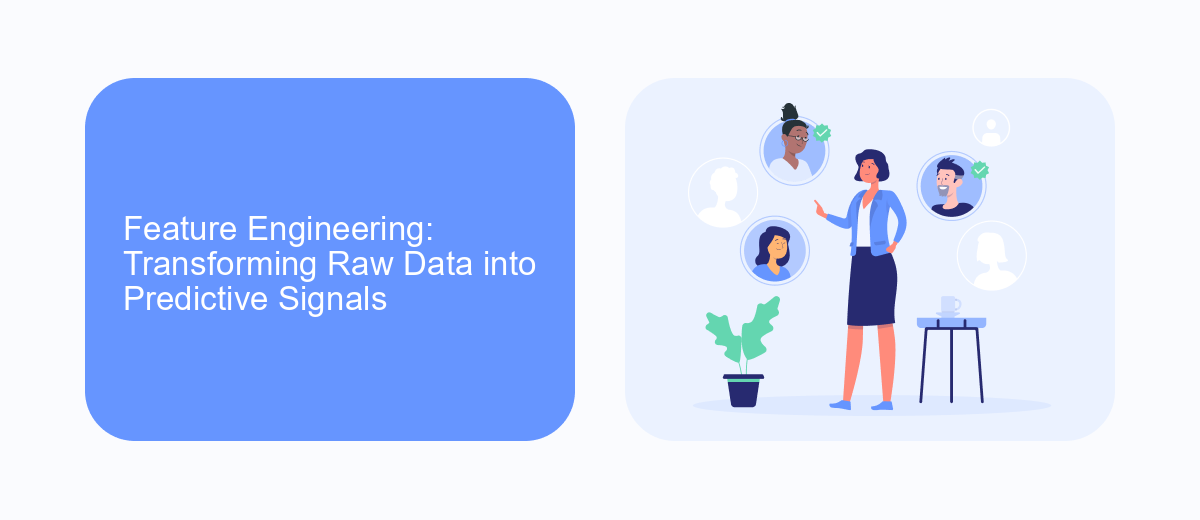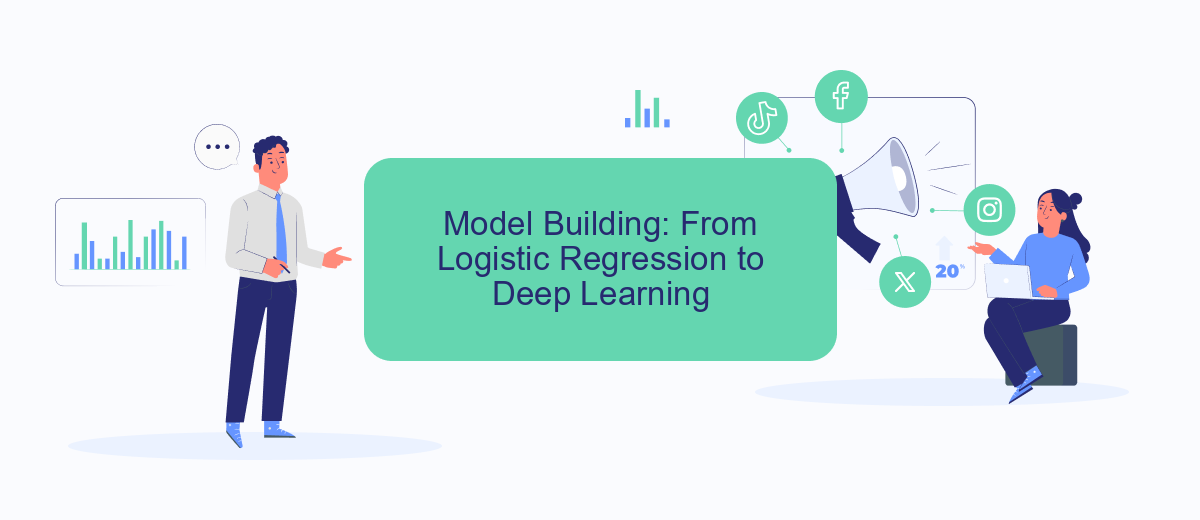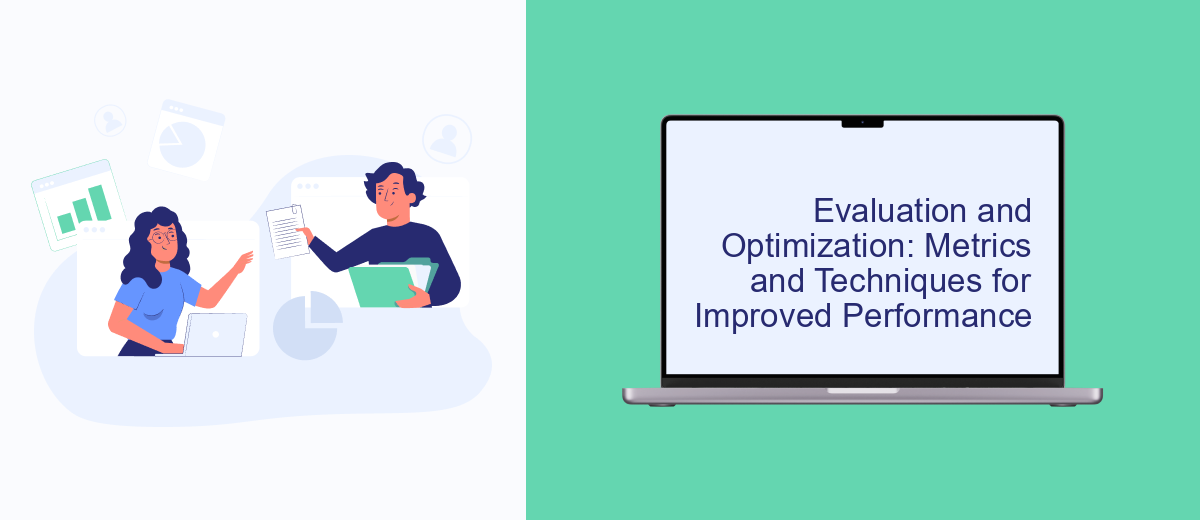In the rapidly evolving landscape of digital advertising, predicting user interactions with ads is crucial for optimizing engagement and revenue. This article delves into the practical lessons learned from Facebook's efforts to enhance click prediction models. By examining the challenges and solutions encountered, we aim to provide valuable insights for data scientists and marketers striving to improve ad targeting and performance in an increasingly competitive environment.
Introduction: The Challenge of Click Prediction
In the rapidly evolving world of digital advertising, predicting clicks on ads has emerged as a critical challenge. With the vast amount of data generated every second, effectively leveraging this information to anticipate user interactions can significantly enhance advertising strategies. Facebook, as a leading platform in this domain, faces unique challenges due to its diverse user base and the sheer volume of ads served daily. Understanding the nuances of user behavior and accurately predicting which ads will garner clicks is essential for optimizing ad delivery and improving user experience.
- High dimensionality of user data
- Dynamic nature of user interests
- Balancing relevance with privacy concerns
- Ensuring scalability of prediction models
Addressing these challenges requires sophisticated machine learning models capable of processing and analyzing large datasets in real-time. Moreover, the models must adapt to changing trends and user preferences while maintaining respect for user privacy. As we delve into the practical lessons learned from Facebook's approach to click prediction, it becomes evident that innovation and adaptability are key to overcoming these hurdles and achieving success in digital advertising.
Feature Engineering: Transforming Raw Data into Predictive Signals

In the realm of predicting ad clicks on Facebook, feature engineering plays a pivotal role in transforming raw data into actionable insights. The process begins with identifying key variables that can influence user behavior, such as user demographics, browsing history, and interaction patterns with previous ads. By leveraging these variables, we can create a robust dataset that enhances the predictive power of our models. Techniques such as normalization, binning, and encoding are employed to ensure that the data is in a suitable format for analysis, helping to uncover hidden patterns that might not be immediately apparent.
Moreover, integrating external data sources can significantly enrich the feature set. Tools like SaveMyLeads facilitate seamless data integration, allowing marketers to pull in additional context from various platforms, thereby refining the predictive model's accuracy. By automating the data flow, SaveMyLeads ensures that the most current and relevant information is always at hand, enabling real-time adjustments to ad targeting strategies. This holistic approach to feature engineering not only improves model performance but also drives more effective ad placements, ultimately enhancing user engagement and conversion rates.
Model Building: From Logistic Regression to Deep Learning

The evolution of predictive models for ad clicks at Facebook has been a journey from simplicity to complexity, driven by the need for higher accuracy and efficiency. Initially, logistic regression was the go-to method due to its simplicity and interpretability. However, as the volume and complexity of data grew, more sophisticated approaches were required to capture intricate patterns and interactions within the data.
- Logistic Regression: This was the starting point, offering a straightforward approach for binary classification. It provided quick insights but struggled with nonlinear relationships.
- Gradient Boosting Machines (GBM): These models improved accuracy by combining multiple weak models to create a strong predictive model, handling nonlinearities better than logistic regression.
- Deep Learning: With the advent of deep learning, we leveraged neural networks to automatically discover complex patterns in large datasets, significantly boosting prediction performance.
The transition from logistic regression to deep learning was not just a change in algorithms but a paradigm shift in handling data and computational resources. This progression allowed us to harness the power of vast datasets and complex patterns, ultimately leading to more precise ad targeting and improved user experience.
Evaluation and Optimization: Metrics and Techniques for Improved Performance

In the realm of predicting ad clicks on Facebook, evaluation and optimization are crucial for enhancing model performance. The primary goal is to accurately measure model effectiveness and implement strategies to improve predictive accuracy. This involves selecting appropriate metrics and employing advanced techniques to refine model outputs.
To evaluate model performance, precision and recall are often used alongside the area under the ROC curve (AUC-ROC). These metrics provide insights into the balance between true positive rates and false positive rates, guiding model adjustments. Optimization techniques focus on fine-tuning model parameters and leveraging machine learning algorithms to boost accuracy.
- Precision: Measures the accuracy of positive predictions.
- Recall: Assesses the ability to identify all relevant instances.
- AUC-ROC: Evaluates overall model performance across different thresholds.
- Hyperparameter tuning: Optimizes model settings for better results.
- Cross-validation: Ensures model reliability and robustness.
By combining these evaluation metrics and optimization techniques, Facebook can enhance its ad click prediction models, leading to more effective targeting and improved user experience. Continuous refinement and testing are essential to adapt to changing user behaviors and maintain high performance in dynamic advertising environments.
Practical Deployment and Ongoing Improvements: Real-World Considerations
When deploying models to predict ad clicks on platforms like Facebook, it's crucial to consider the scalability and integration of these solutions within existing systems. Ensuring seamless integration can be facilitated by using services such as SaveMyLeads, which streamline data transfer and enhance operational efficiency. This approach not only reduces manual errors but also accelerates the deployment process, allowing models to be updated and refined more swiftly in response to evolving user behaviors and market dynamics.
Ongoing improvements are essential to maintaining the effectiveness of predictive models. Regularly updating models with fresh data ensures they remain relevant and accurate. Monitoring performance metrics and user feedback can provide insights into model efficacy, guiding necessary adjustments. Additionally, fostering a culture of collaboration between data scientists and marketing teams can lead to innovative solutions and strategies. By prioritizing adaptability and continuous learning, organizations can sustain high levels of performance and achieve better outcomes in their advertising efforts.
FAQ
What are the key factors influencing click prediction accuracy in Facebook ads?
How can machine learning improve ad click predictions?
What is the role of data privacy in predicting clicks on ads?
How can businesses automate the integration of click prediction models into their ad strategies?
What challenges do companies face when predicting ad clicks on Facebook?
If you use Facebook Lead Ads, then you should know what it means to regularly download CSV files and transfer data to various support services. How many times a day do you check for new leads in your ad account? How often do you transfer data to a CRM system, task manager, email service or Google Sheets? Try using the SaveMyLeads online connector. This is a no-code tool with which anyone can set up integrations for Facebook. Spend just a few minutes and you will receive real-time notifications in the messenger about new leads. Another 5-10 minutes of work in SML, and the data from the FB advertising account will be automatically transferred to the CRM system or Email service. The SaveMyLeads system will do the routine work for you, and you will surely like it.
